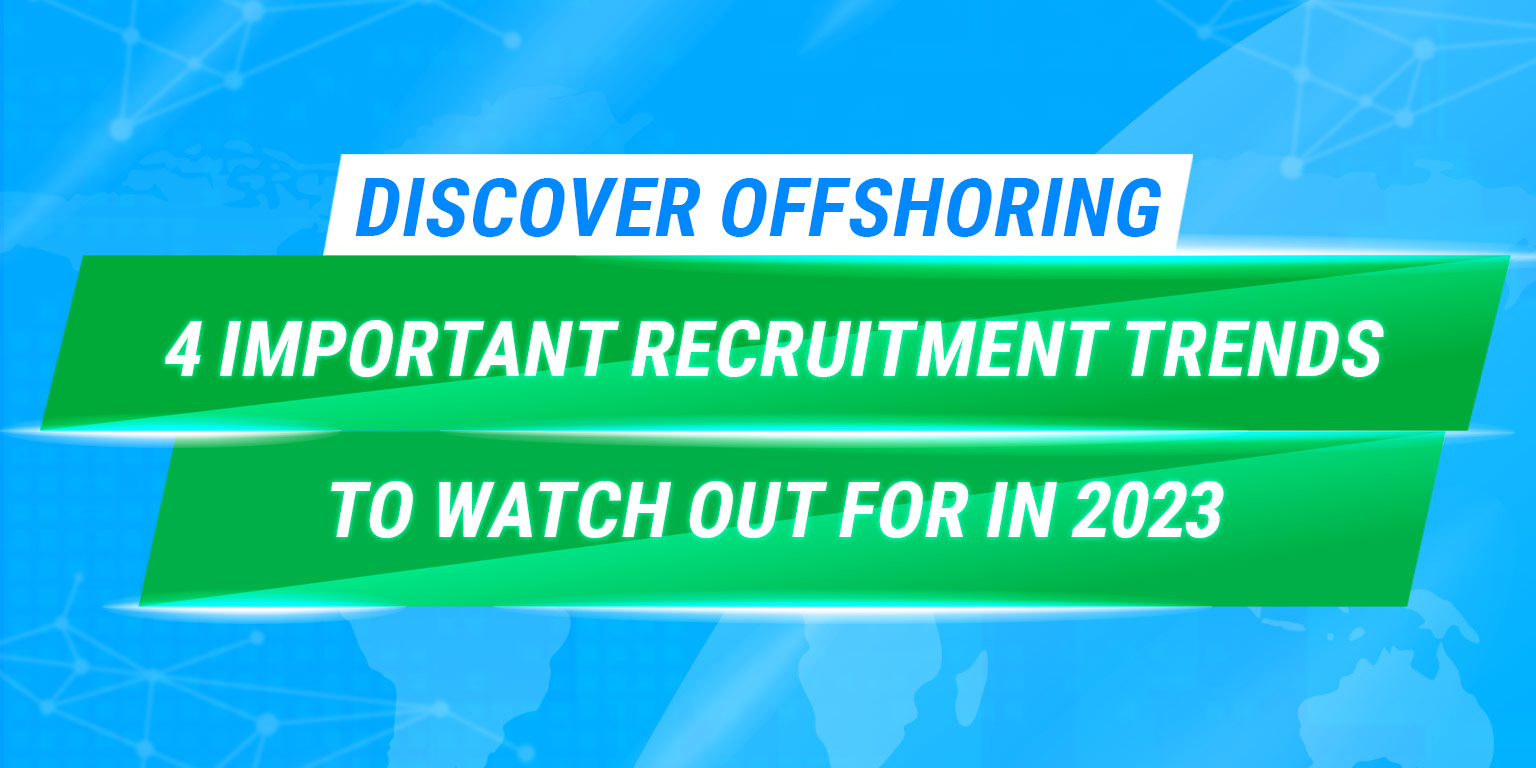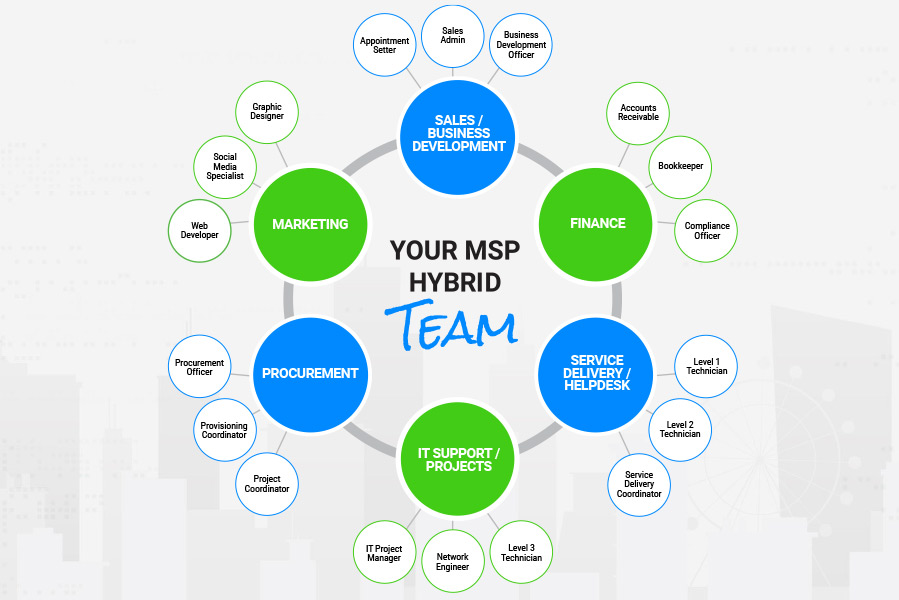The needs of Job seekers—your applicants for your vacant roles—are changing, making it harder to attract and lock in talent.
There is no doubt that technological advancements and employees’ shift in priorities played a huge role in these changes, and to make sure you’re not falling behind in your recruitment efforts, you need to start reevaluating your strategies as early as now.
Here’s what’s currently happening in the market:
- Many companies are currently dealing with talent shortage. Businesses are unable to attract and hire talent, making it a huge impediment to growth. According to a Korn Ferry study, there will be a skill shortage of more than 85 million people by 2030.
- Many are still feeling the financial effects of the Great Resignation and the COVID-19 pandemic.
- Candidates are constantly shifting their priorities to prepare for unexpected circumstances. This is one of the driving factors for attrition and can negatively impact your growth plans.
With these in mind, you need to adjust your hiring practices to stay abreast of change in the market. As we head into the first quarter of 2023, we break down different recruitment trends that you need to keep an eye out for.
1. Proactive Recruiting
Some of you may not be familiar with proactive recruiting, but it simply means building a talent pipeline and attracting candidates before the hiring demand starts. This has been proven to be one of the most effective recruitment strategies ever since the hiring landscape evolved.
Back then, many positions are being reactively filled—hiring managers only start the candidate hunting when a job role is vacated.
When this approach is used and considering the current skill shortage, finding the right candidate can take months. And what happens is that the role remains vacant for an extended period, and overall impacting other areas of the business.
When you have several options to replace resigned employees right off the bat, there’s a high chance that your operations can keep running smoothly and won’t be disrupted.
The war for talent will undoubtedly continue in the next couple of years, so you need to adapt this strategy because the last thing you’d want is to lose track of your progress in achieving your quarterly targets.
2. Hiring for Soft Skills
Soft skills are also just as important as hard skills, and many hiring managers tend to overlook that fact. Having the right attitude and personality towards work can drive productivity, growth, cooperation, and communication.
Job seekers are no longer just after job security and salary, some also have high expectations about job satisfaction, culture, and better quality of life.
Always keep in mind that if a candidate has the soft skills that fit well into your company culture, collaborating with your current team would be much easier and more efficient.
3. Employee Experience
As businesses grapple with high employee turnover rate, many are reevaluating their strategies to better understand why candidates change jobs, and what measures they could take to improve employee experience.
Essentially, great employee experience can help boost productivity, employee morale, and brand image. Improving employee experience can attract candidates and give them an idea of how things are going in your company.
4. Diversity and inclusion
Fostering a culture of diversity and inclusion is on the rise, and many hiring managers are welcoming the idea that this helps in promoting innovation, creativity, and team building.
Hiring managers who are recruiting professionals regardless of their backgrounds can help a business gain access to a wide variety of viewpoints and perspectives. This can also help identify new growth opportunities and solutions.
Recruitment trends will continue to evolve in line with the rapidly changing technology. Now that you get a grasp of some of these trends, make sure that you apply the latest strategies. That way, you’ll be off to a good start in 2023.
Book a conversation with TGT so we can help you stay on top of your game through our streamlined recruitment process.











